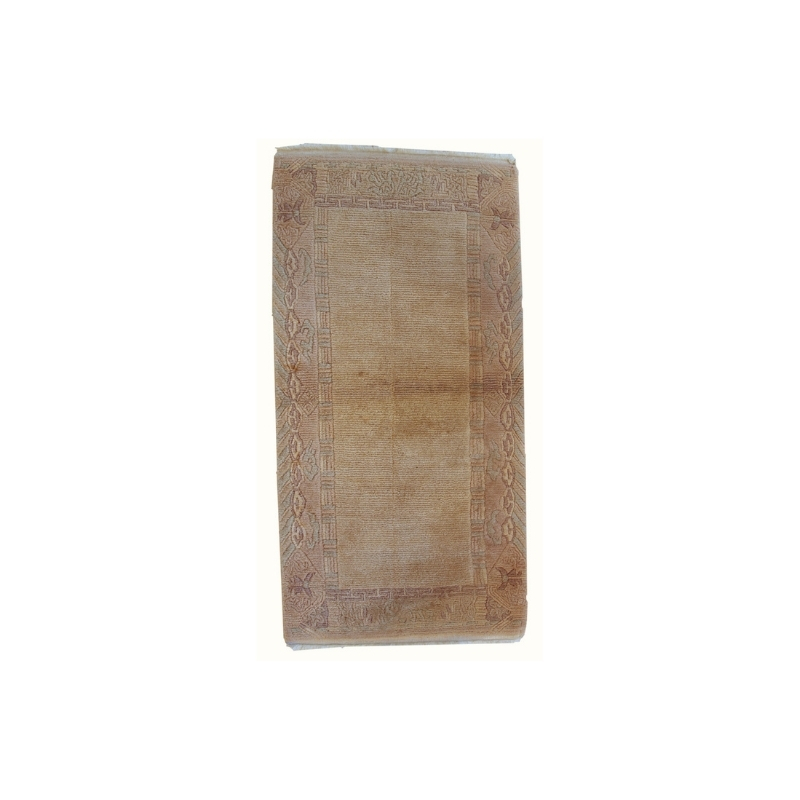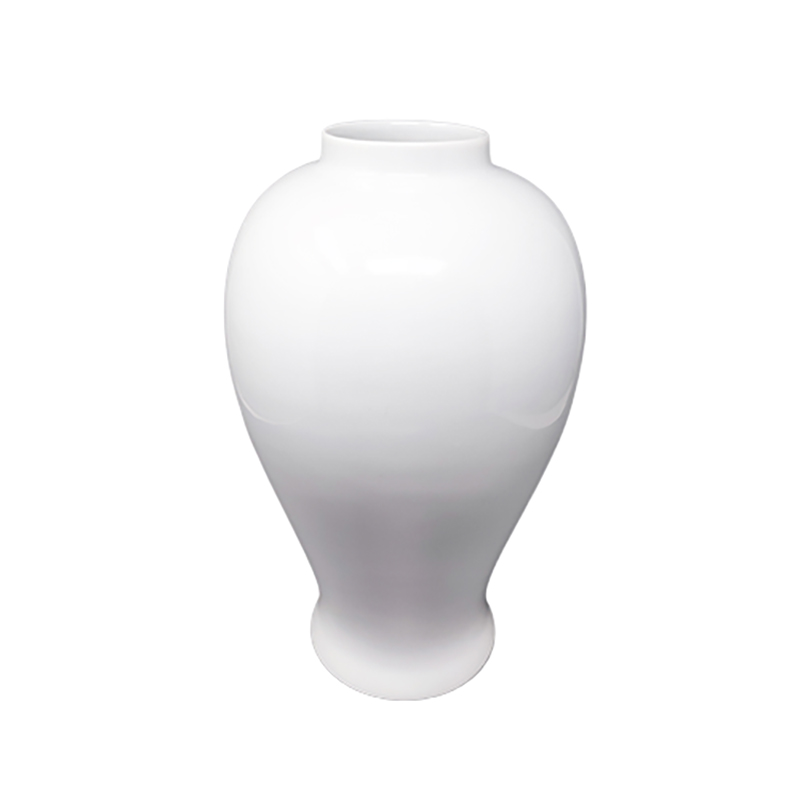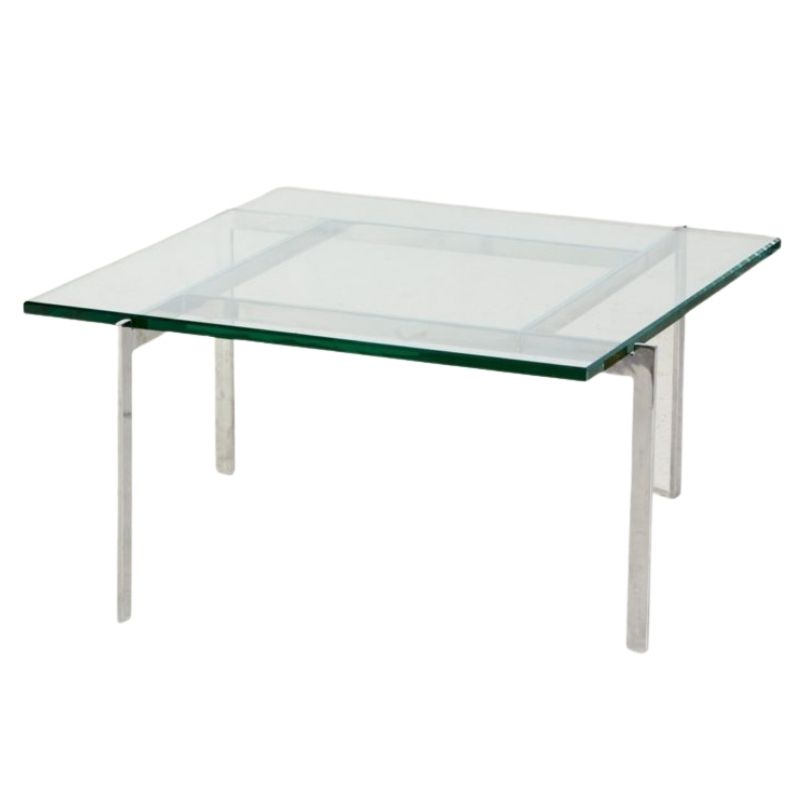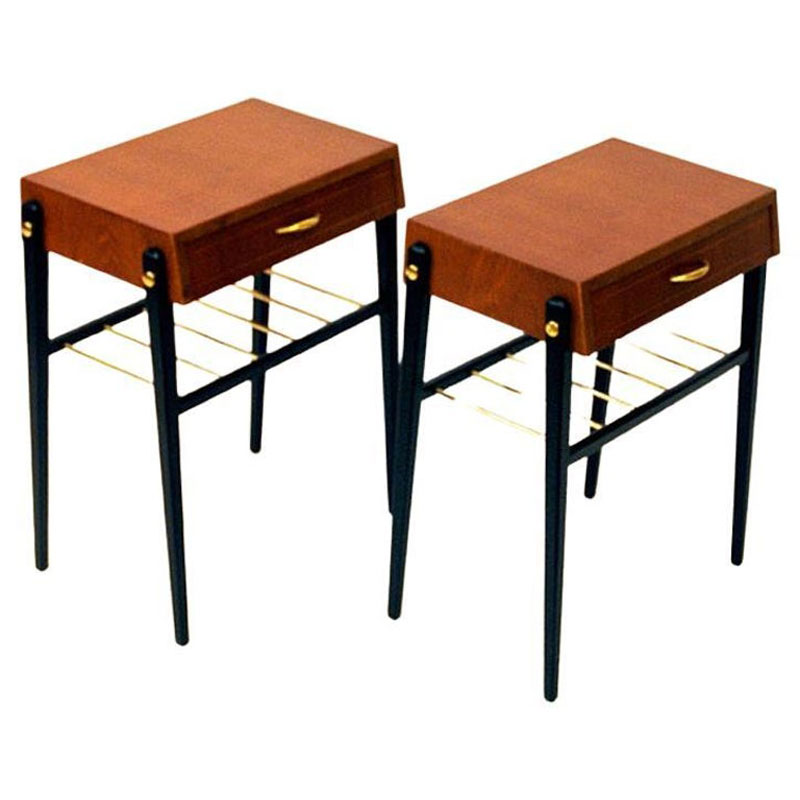I just purchased an Eames...
I just purchased an Eames stool that also has some cracks in it. For the price I really couldn't pass up, though I'm not sure what to do about the cracks. I will most likely just find a color matched wood filler and stuff it in there (the same stuff used to fill nail holes in wood floors) and enjoy it as is. They're hardly noticeable unless I was to point them out.
Wood moves. Gluing two
slabs of solid wood together, cross grain, is inviting trouble, in my experience. Changes in temperature and (particularly) humidity cause growth and shrinkage across the grain, while movement along the length of the tree is minimal. Plywood achieves stability because it bonds many thin layers of wood together, each perpendicular to the next; even so, moisture added to one face and not the opposite will always warp the panel. In this case the second layer of this glue-up is constrained on both faces, and remains secure -- but the top layer has one face exposed and the other glued, cross-grain. The exposed layer is free to take on or give off moisture; it can be expected to grow and shrink, measurably, as a result. Because the glued face is constrained from movement, growth of the surface followed by drying can be expected to produce one or more openings like the one we see.
Most dealers of hardwood objects caution customers to maintain consistent environmental conditions, and to make unavoidable changes slowly.
Wood shrinkage is a powerful force. I was required to repair a thick imported teak table. Seams between planks had largely failed. Inspection showed that the table had been assembled with tie-rods routed cross-grain on the back of the tabletop. Shrinkage of the wood had progressed to the point where the rods had bottomed out at the ends of their pockets; further shrinkage caused the rods to push the planks apart !
1/2" plywood biscuits, c. 5" long, are shown prior to reassembly with poly glue. Tie-rod pockets can be seen in the first photo, already filled with individual blocks of teak. Glossy glue reveals that some open joints existed in the original epoxy (?) glue-up . . .
SDR is entirely correct.
Laminating thick pieces of solid wood oriented cross-grain, as in these stools, is asking for trouble. I'm sure that Herman Miller knows this, yet continues to produce these items to original specifications, ill-advised as they are.
I'd be curious to see how vintage examples have fared over the years as compared to the newer editions.
A number of factors
contribute to the degree of seasonal expansion and contraction of common furniture hardwoods:
Species (some move more than others)
Growing conditions (old-growth vs. managed forest)
Milling and annular ring orientation (flat sawing vs. quarter sawing)
Drying method (kiln-dried vs, air-dried)
Moisture content (at time of construction vs. a couple of years later in a home in Arizona)
It may just be that superior-quality walnut was more abundant and less costly 40 years ago, and/or that HM's lumber buyers and craftsmen applied stricter controls.
I've even read speculation that modern glue technology comes into play with these types of failures, too.
I made a pair of
garage doors for a friend, using poplar S4S stock which was locally available and required a minimum of milling to prepare for use. The doors are made of two layers of 4/4 boards, glued into a single plank and lapped at the corners, with MDO ply panels screwed and glued in place. After a year, those (unbalanced 2-ply) lapped corners had warped noticeably; in addition the doors grew in width by more than an 1/8" and changed in width with the seasons; I relocated the lock repeatedly. After three years they seemed to settle into their final size.
I learned why poplar is not used for exterior application. The doors are now gone, replaced by a new owner who opened a restaurant in the former garage.
Pictures
Here are a few pictures of my newly acquired Eames stool. They were purchased directly from HM by a design company in Burlington, Vermont and have always remained a 'corporate' piece of furniture. I've tried to show some of the cracks, probably caused by the dramatic temperature / humidity changes and maybe the occasional fat person sitting on them.
Not from sitting.
But you can see the end grain which shrank, and the cross grain (lighter wood) on either side, which didn't. I imagine there have always been these cracks in the Eames stools -- unless maybe the wood was dried more thoroughly before manufacture, in "the old days" ! They say it's getting harder and harder to find skilled labor -- and knowledgeable supervision ? -- now.
Thanks, guys. Actually, the warped corners didn't affect the performance -- or the appearance, to the naked eye -- of those garage doors. And, because there were two right-hand and two left-hand warps at the corners, the stresses balanced each other and the doors remained flat. I'll be keeping that in mind as I build tables and other items with these big cross-grain glued joints . . .
If you need any help, please contact us at – info@designaddict.com









